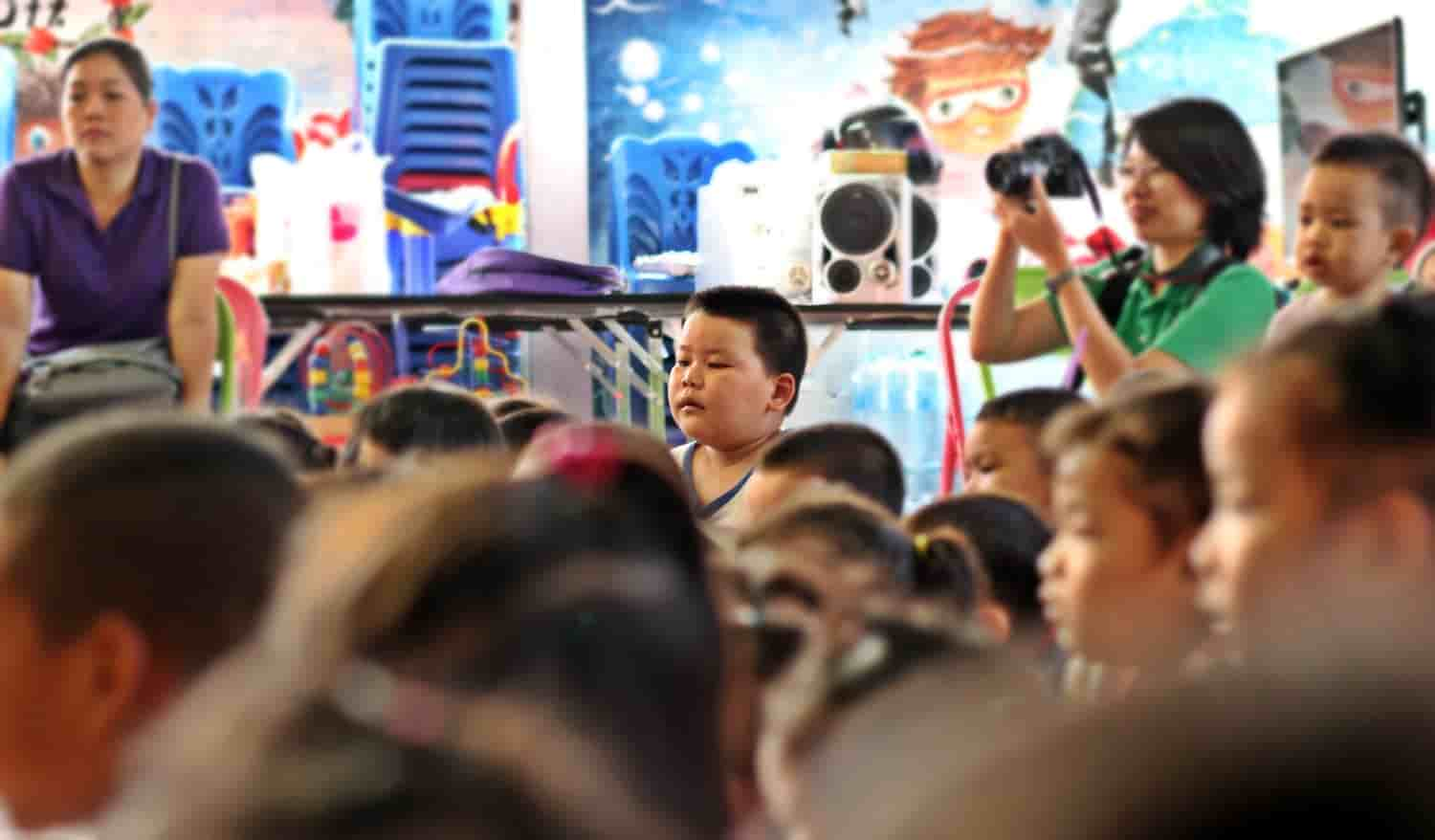Building Financial Capability for Children
Social scientists have long understood that a child’s environment — in particular growing up in poverty — can have long-lasting effects on their success later in life. What’s less well understood is exactly how.
A new Harvard study is beginning to pry open that black box.
Conducted by Robert Sampson, the Henry Ford II Professor of the Social Sciences, and Robert Manduca, a doctoral student in sociology and social policy in the Graduate School of Arts and Sciences, the study points to a handful of key indicators, including exposure to high levels of lead, violence, and incarceration as key predictors of children’s later success. The study is described in an April paper published in the Proceedings of the National Academy of Sciences.
“What this paper is trying to do, in a sense, is move beyond the traditional neighborhood indicators people use, like poverty,” Sampson said. “For decades, people have shown poverty to be important … but it doesn’t necessarily tell us what the mechanisms are, and how growing up in poor neighborhoods affects children’s outcomes.”
To explore potential pathways, Manduca and Sampson turned to the income tax records of parents and approximately 230,000 children who lived in Chicago in the 1980s and 1990s, compiled by Harvard’s Opportunity Atlas project. They integrated these records with survey data collected by the Project on Human Development in Chicago Neighborhoods, measures of violence and incarceration, census indicators, and blood-lead levels for the city’s neighborhoods in the 1990s.
They found that the greater the extent to which poor black male children were exposed to harsh environments, the higher their chances of being incarcerated in adulthood and the lower their adult incomes, measured in their 30s. A similar income pattern also emerged for whites.
Among both black and white girls, the data showed that increased exposure to harsh environments predicted higher rates of teen pregnancy.
Despite the similarity of results along racial lines, Chicago’s segregation means that far more black children were exposed to harsh environments — in terms of toxicity, violence, and incarceration — harmful to their mental and physical health.
“The least-exposed majority-black neighborhoods still had levels of harshness and toxicity greater than the most-exposed majority-white neighborhoods, which plausibly accounts for a substantial portion of the racial disparities in outcomes,” Manduca said.
“What this paper shows … is the independent predictive power of harsh environments on top of standard variables,” Sampson said. “It’s really about trying to understand some of the earlier findings, the lived experience of growing up in a poor and racially segregated environment, and how that gets into the minds and bodies of children.”
The study isn’t solely focused on the mechanisms of how poverty impacts children; it also challenges traditional notions of what remedies might be available.
“This has [various] policy implications,” Sampson said. “Because when you talk about the effects of poverty, that leads to a particular kind of thinking, which has to do with blocked opportunities and the lack of resources in a neighborhood.
“That doesn’t mean resources are unimportant,” he continued, “but what this study suggests is that environmental policy and criminal justice reform can be thought of as social mobility policy. I think that’s provocative, because that’s different than saying it’s just about poverty itself and childhood education and human capital investment, which has traditionally been the conversation.”
The study did suggest that some factors — like community cohesion, social ties, and friendship networks — could act as bulwarks against harsh environments. Many researchers, including Sampson himself, have shown that community cohesion and local organizations can help reduce violence. But Sampson said their ability to do so is limited.
“One of the positive ways to interpret this is that violence is falling in society,” he said. “Research has shown that community organizations are responsible for a good chunk of the drop. But when it comes to what’s affecting the kids themselves, it’s the homicide that happens on the corner, it’s the lead in their environment, it’s the incarceration of their parents that’s having the more proximate, direct influence.”
Going forward, Sampson said he hopes the study will spur similar research in other cities and expand to include other environmental contamination, including so-called brownfield sites.
Ultimately, Sampson said he hopes the study can reveal the myriad ways in which poverty shapes not only the resources that are available for children, but the very world in which they find themselves growing up.

